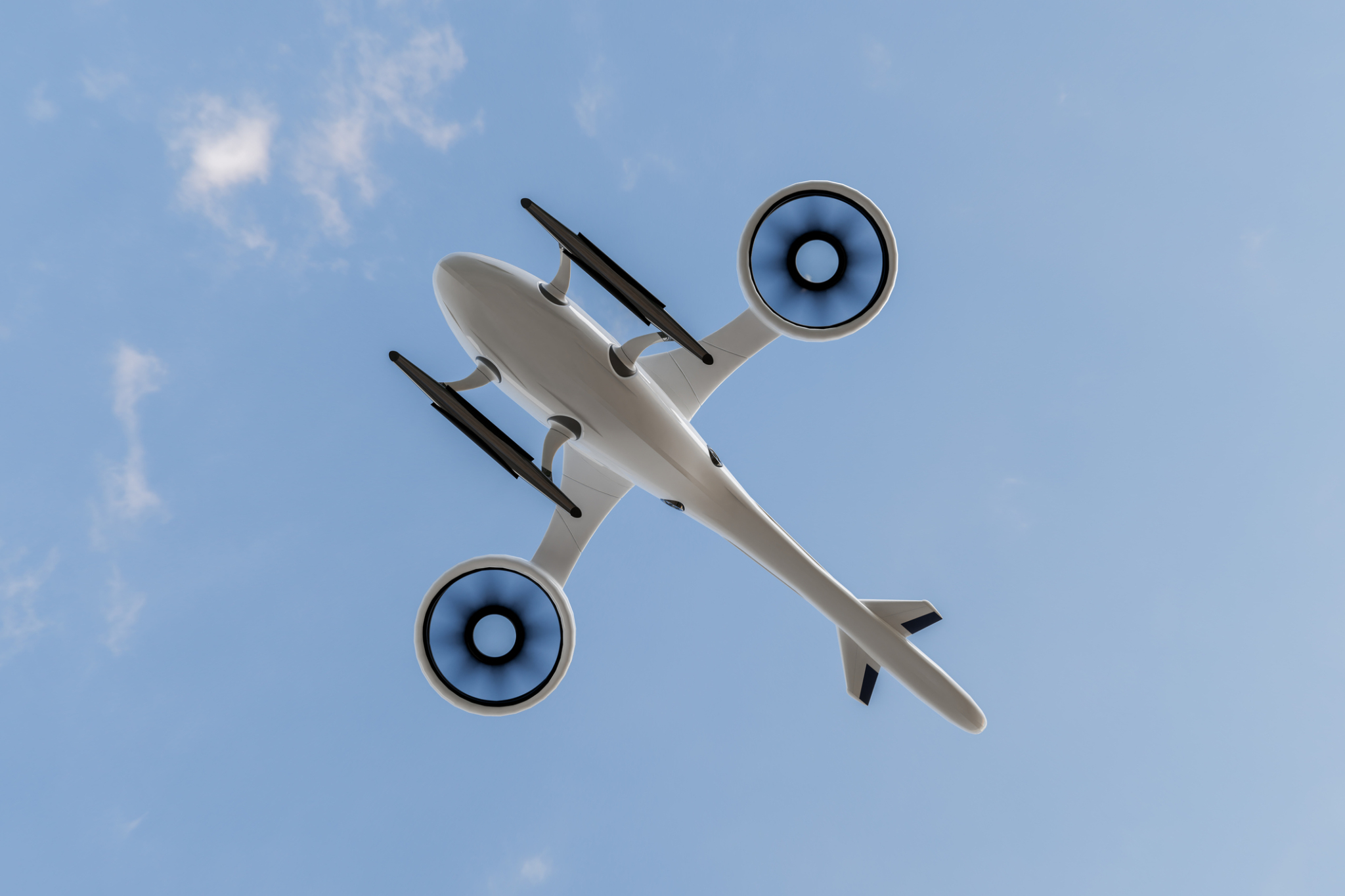
The war in Ukraine has provided startling lessons about the role drone supply chains play in military conflicts.
Modern militaries are increasingly defined by their drone fleets. It’s a reality thrown into sharp relief by the war in Ukraine. But that conflict has evidenced more than just the new dimensions of war. Through it, we’ve also seen the urgent need for drone manufacturing capacity right here in the United States.
Most of the world, including America, relies heavily on drones manufactured by China. Most notably, DJI, a Chinese state-owned enterprise, produces nearly 70% of the world’s drones.
Though seven states have banned Chinese-manufactured drones to date, our reliance on Chinese-made drones hasn’t diminished. Some state and federal agencies have balked at these bans, citing stark price differences to American-made drones. But there’s a hidden cost.
DJI’s low prices aren’t hard to figure out: massive state funding allows them to outcompete and often eliminate competition to allow such domination in the market.
“Ultimately, the only stable, long-term solution is to have superior products and technology made by U.S. companies or trusted allies,” Adam Bry, CEO of the largest drone manufacturer domestically, Skydio, said in a testimony submitted to the House Select Committee on the Chinese Communist Party (CCP) in 2024.
Drones have evolved exponentially over the years and are now utilized in a wide range of tasks and industries, including critical infrastructure inspection, emergency evacuations and response, agriculture, and most importantly, to protect national interests.
The national security implications are stark and well-documented. Michael Robbins, CEO of the Association for Uncrewed Vehicle Systems International (AUVSI), illustrated the issue of Chinese dependence in testimony earlier this month before the House Committee on Homeland Security: “Numerous assessments by [Department of Defense], [Department of Homeland Security], and other federal intelligence agencies have documented how the [People’s Republic of China]-made drones present unacceptable risks, including unauthorized data collection and transmission to the PRC.”
Robbins’ emphasis goes even further: “We cannot effectively defend against surveillance or sabotage if we continue to operate systems that may be compromised from within.” He concluded his testimony with calls to incentivize the manufacturing of drones here in the U.S.
Lawmakers in both parties express concern that DJI drones pose a national security threat, especially due to China’s 2017 National Intelligence Law, which requires Chinese companies to cooperate with the government on intelligence matters. Peter Harrell from the Carnegie Endowment argues that even if DJI currently doesn’t share data with the Chinese government, it could be compelled to at any time under Chinese law.
Bry painted a bleak picture of American businesses struggling to compete with China: “The Chinese government has tried to control the drone industry, pouring resources into national champions and taking aim at competitors in the U.S. and the West, tilting the playing field in China’s favor.”
Bry noted firsthand experiences with the lack of accessibility of drones during the Russian-Ukrainian conflict: “The most serious limitation associated with Chinese drones is supply. China has used trade as a weapon of war.” In his testimony, he also recounted stories of Chinese drones not being operational in Ukraine and having to undergo serious re-engineering to circumvent the phenomenon of geofencing: the use of GPS to enable or, in this case, disable software based on geographic locations.
While DJI claims it has removed geofencing features, critics argue that this demonstrates DJI’s control over remote software power and highlights the risk of future backdoor updates.
The U.S. faces a challenge of balancing national security with technological competitiveness.
The real-world benefits of reducing reliance on Chinese-manufactured drones were fully felt in Ukraine and prompted Kyiv to start procuring American-made drones. But will the United States have the drone manufacturing capacity it needs should we become embroiled in our own conflict?
So, what must be done?
There is a widespread consensus among industry leaders to ramp up domestic manufacturing, and now is the time to act on it with increased funding and incentives for domestic drone manufacturing, incremental tariffs, reducing red tape, and streamlining procurement processes.
And the current administration appears receptive to these policy recommendations. The Department of Defense recently issued a memorandum to increase domestic drone manufacturing and streamline production timelines, following an executive order signed by the president in June.
The U.S. faces a challenge of balancing national security with technological competitiveness.
The current course may repeat what happened with Huawei, but with more significant domestic fallout due to DJI’s deep market integration.

